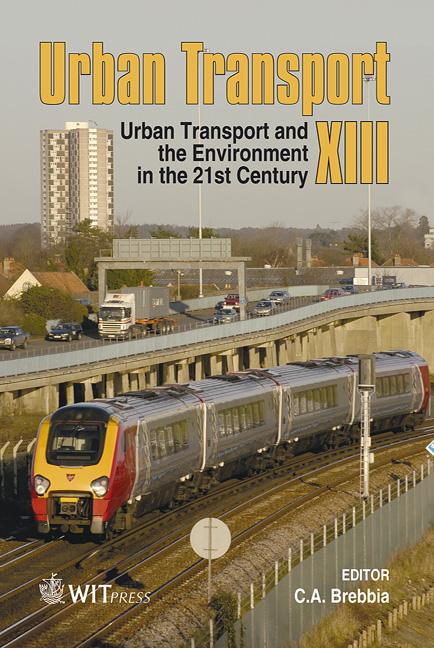Risk Assessment Method For Guaranteeing Safety In The Train Control System
Price
Free (open access)
Transaction
Volume
96
Pages
10
Published
2007
Size
678 kb
Paper DOI
10.2495/UT070531
Copyright
WIT Press
Author(s)
H.-J. Jo, J.-G. Hwang & Y.-K. Kim
Abstract
Recently, failure of equipment has been linked directly to human casualties or financial losses from the increasing use of train control equipment utilizing computers. These systems have to progress to guarantee safety during the system life-cycle. In this paper, we examine the methods for risk analysis and assessment of safety activities and propose an optimized method for risk estimation. In the comparison of the risk graph and the risk matrix method for safety estimation, the proposed BP (Best Practice)-risk method combines the most beneficial properties of commonly used approaches. Keywords: risk analysis, train control system, Best Practice risk. 1 Introduction Vital control systems, such as train control systems, are computerized for guaranteeing the safety of trains and take charge of controlling train speeds and direction, especially preventing train collisions, located about the side of rails. Such train control systems require higher reliability than the general industrial controlling systems. These systems have to guarantee safety during the system life-cycle. Risk assessment is an important phase to increase safety from determining the risk presented by the identified hazard. In this paper, we investigate several methods for risk analysis and estimation of safety activities in the life-cycle, and then we draw a comparison between original methods to suggest an optimized one in the application to train control systems. In the result of the comparison, we propose the risk analysis method called BP-risk analysis
Keywords
risk analysis, train control system, Best Practice risk.





